24. Dual-Language Education, Report #1:
The Revolution Begins
Imagine there was a new way of teaching that results in most students becoming truly bilingual and biliterate before finishing high school. Imagine if this new way of teaching also helped students rise in academic achievement overall. And finally, imagine if this new way of teaching could also help students develop more empathy towards others.
We don’t have to just imagine it, it exists. It goes by the name dual-language education, or dual-language immersion, and it’s growing fast in America.

Gregg Roberts now champions research and information exchange on dual-language schools on a national level. His statement of “Monolingualism is the illiteracy of the 21st century” is the anthem of many global language teachers.
Learning literature in one language, history in another
In dual-language education, students are taught part of the day in English and part of the day in another language. We’re not talking about language classes but rather, using a language like Spanish or Chinese or French to teach subjects like science, history, social studies and math.
Since dual-language schools typically start at kindergarden-level or even in preschool, when kids are little language-learning marvels, students can continue building upon their skills in each grade. It turns out there are several surprising benefits to dual-language education, which is why it’s making such big waves in America.
In this Report #1 of our coverage of dual-language education, we hear from two luminaries in the field who explain what it’s about and how it got started—not at the national level, but at the state level.
A quote heard ’round the world of educators
When Gregg Roberts uttered the line, “Monolingualism is the illiteracy of the 21st century,” he had no idea it would go viral. He first said it during a conference in Boston, in 2013, when he was the World Languages and Dual Language Immersion Specialist for the Utah State Board of Education. Now he has taken a national role as the Director of Dual Language Immersion Programs at the American Councils Research Center in Washington, D.C.

Pictured here are America the Bilingual associate producer Beckie Rankin, of Lexington Public Schools; Nicole Sherf, Professor at Salem State University; and Kim Talbot, of Melrose Public Schools. The bumper sticker on Nicole’s car has Gregg’s statement of “Monolingualism is the illiteracy of the 21st century.”
“Some Americans think if they just bring in enough translators and lawyers, they can do business overseas,” Gregg told us, “but the world does business in restaurants and golf courses. If we can’t understand people ourselves, we’re not in the ball game.”
He also laments the chance we had as a country to be bilingual. “We had this wealth of languages coming from all over the world to the United States, and within about the second generation, those students had lost their home language simply because they were told you could only speak English in school. I certainly hope we don’t make that mistake again. We could learn from history.”
Building “serious muscle” around dual-language learning
Utah’s primacy in the realm of dual-language immersion was helped by its former governor, Jon Huntsman; Gregg describes his leadership as “enlightened.” Jon’s experience as Ambassador to Singapore under Presidents Bush and Clinton, plus his fluency in Mandarin, contributed to his passion for bilingualism. He served as Ambassador to China and is currently Ambassador to Russia.
On a business conference call, I was able to ask Jon about his language initiative in Utah. “I know it sounds like a very un-Republican thing to do,” he said, “but we actually, through state-appropriated money, built some serious muscle around internationally important languages like Mandarin Chinese, like Spanish, like French, and an Arabic program.”
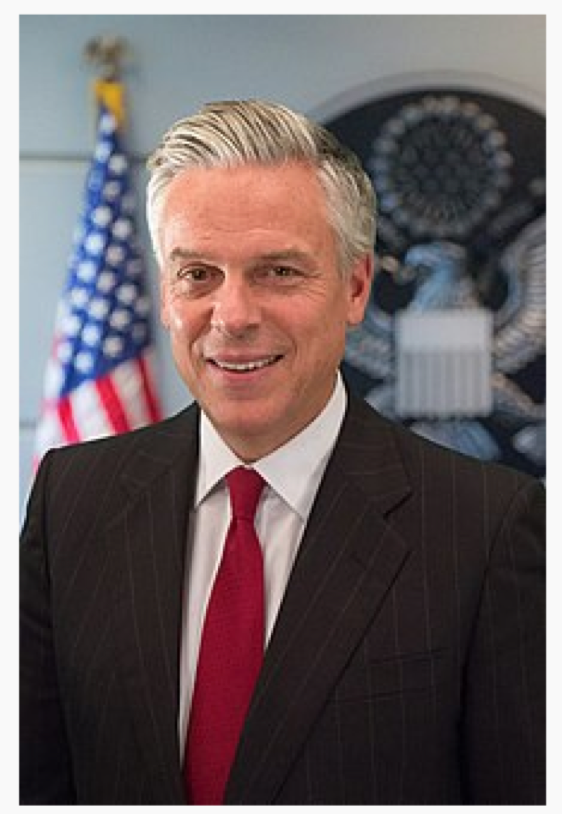
Former Utah Governor Jon Huntsman is an advocate of dual-language education, and helped it extend to four languages in his state.
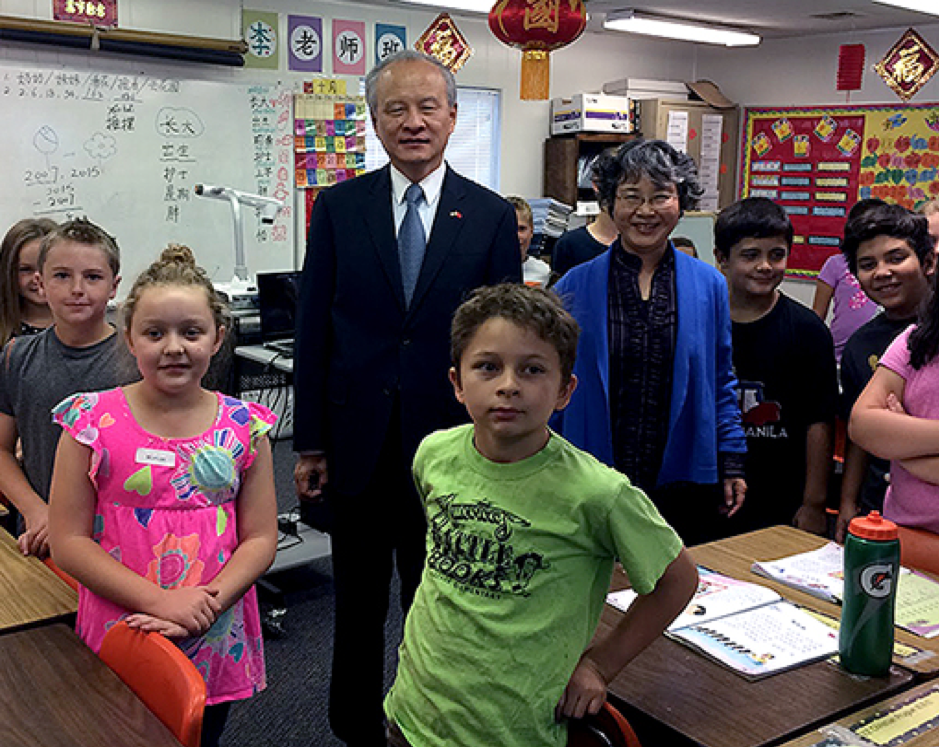
Cui Tiankai, Chinese Ambassador to the United States, visits students in a Chinese-English dual-language school in Utah.
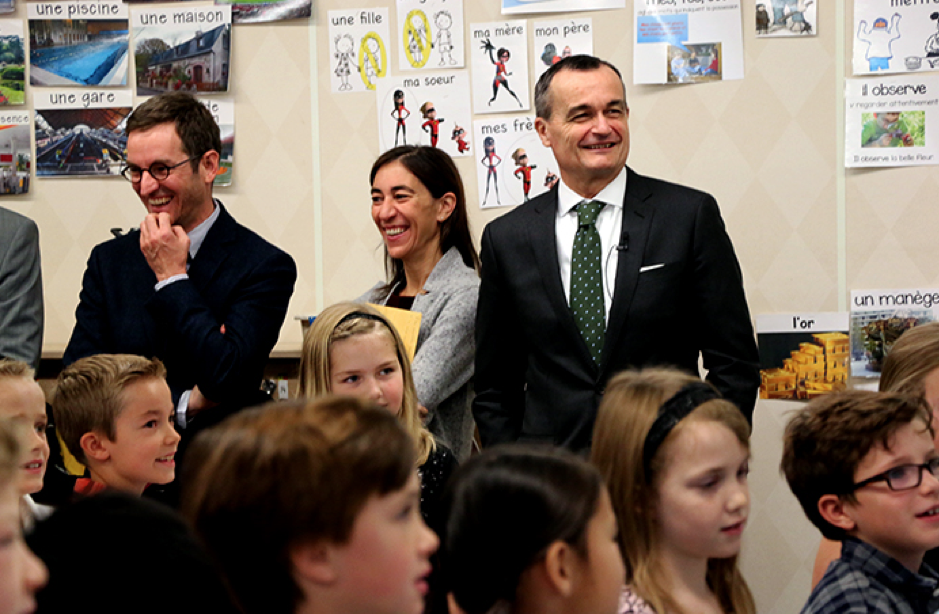
Gérard Araud (at right), French Ambassador to the United States, visits students in a French-English dual-language school in Utah.
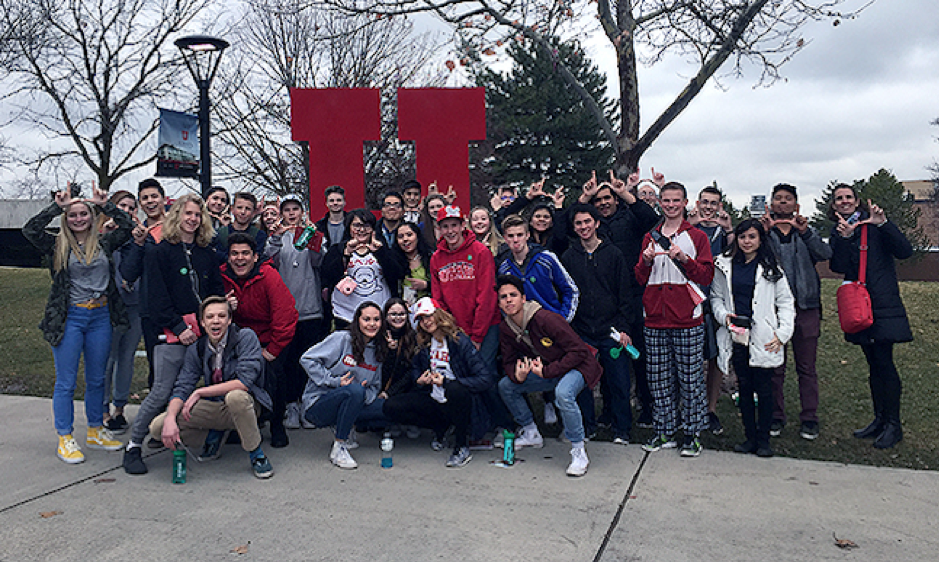
These 10th-grade students (posing here on the University of Utah campus) all passed the Spanish AP exam when they were in ninth grade. All are eligible to continue their Spanish instruction with upper-level university courses while still in high school.
Once students of dual-language schools go on to college, Gregg says, many will earn double majors. “Chinese and engineering, Spanish and business—the possibilities are endless,” he says.
La Cosecha: a harvest of dual-language teachers
When I showed up last November at La Cosecha, the annual dual-language conference, I thought it would be a tiny little affair, but there were more than 2,000 teachers and school administrators from all over America. It was there that I met and interviewed a silver-haired statesman for bilingualism, Jim Lyons.
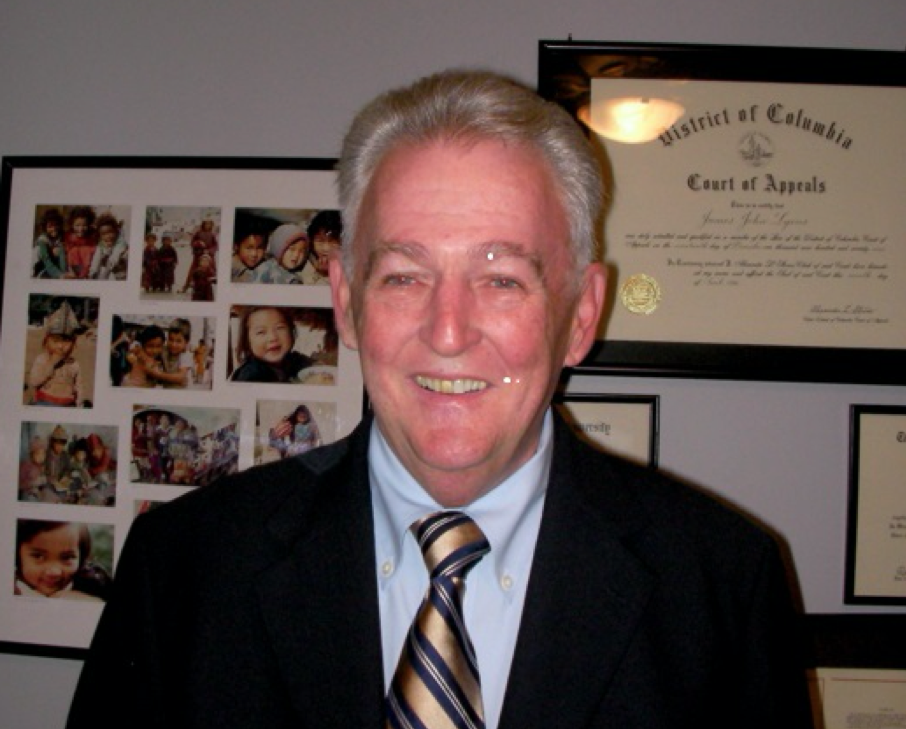
Jim Lyons, the former head of the National Association for Bilingual Education, sees numerous benefits to dual-language schools once students go out into the world.
Jim Lyons was executive director of the National Association for Bilingual Education before becoming senior policy advisor to the Dual Language Education of New Mexico, a grassroots nonprofit that promotes dual-language education programs.
“Very few native-born English-speaking children in the United States ever become fully proficient in another language,” Jim says. Dual-language education can remedy that. With it, he says, “children have a real-life opportunity finally to become bilingual.”
In the nine years since Utah began offering dual-language schools, the movement has blossomed to include 196 schools, with about 39,000 students enrolled in six languages. Adding to the original Chinese, French and Spanish, there are now Utah dual-language schools for Portuguese, German and Russian.
Given Utah’s overwhelmingly Mormon population, you may wonder, as I did, if the movement for bilingualism in Utah is really about spreading the Mormon faith around the world. You’ll hear different answers to that in this episode.
Gregg Roberts (not a Mormon, although born and raised in Salt Lake City) says it’s about economic competitiveness. Jim Lyons does see a connection to Mormonism, “but if you know the world’s languages, you can not only sell them your religion, you can get their purchases,” he says. “You can provide an array of goods and services that you otherwise wouldn’t be able to.”
Hear the full story
Hear more of the story in Episode 24 of the America the Bilingual podcast, “Dual-Language Education Report #1: The Revolution Begins.” Listen on iTunes by clicking here: America the Bilingual by Steve Leveen on iTunes or on SoundCloud: here. I’ll let you know about future episodes on Twitter as well.
A good book on the topic
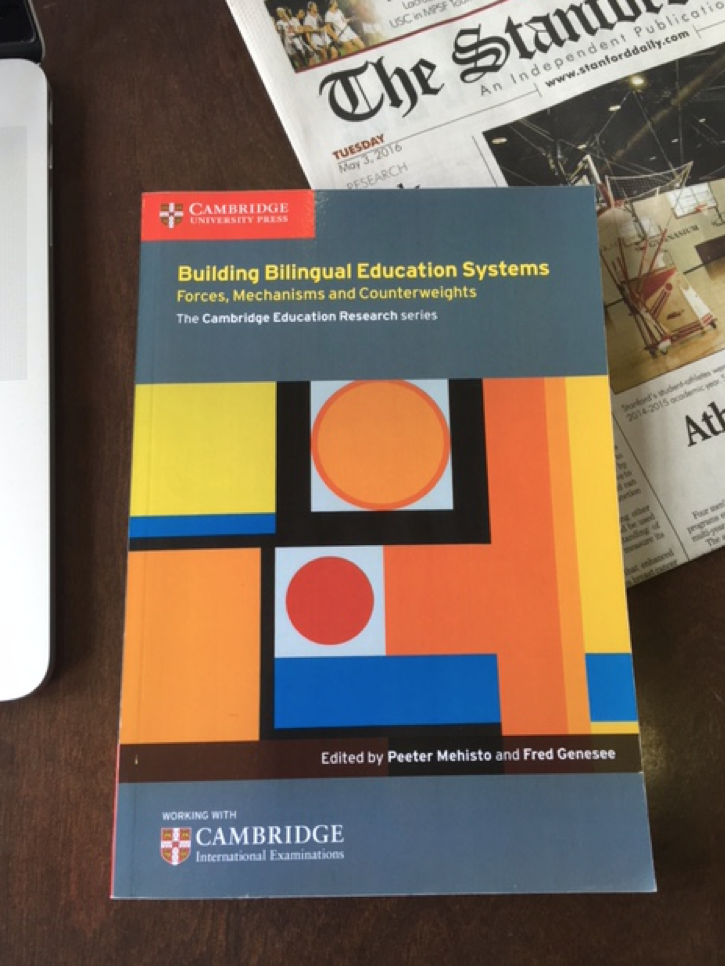
Dual-language education is a worldwide phenomenon, as illustrated in this notable scholarly monograph.
Besides the engaging review in Building Bilingual Education Systems of the Utah movement, editors Peeter Mehisto and Fred Genesee bring in reports from Kazakhstan, Malta, Brunei and many other countries. The book is particularly valuable to American readers for learning how parents and teachers around the world have navigated among many diverse stakeholders in order to bring about positive change.
Sources and Credits
The America the Bilingual podcast is part of the Lead with Languages campaign of ACTFL — The American Council on the Teaching of Foreign Languages.
This episode was written by me, Steve Leveen. Our producer is Fernando Hernández, who also does our sound design and mixing, and our associate producer is Beckie Rankin. Our brand and editorial director is Mim Harrison. Graphic arts are created by Carlos Plaza Design Studio.
Music in this episode, “Quasi motion” by Kevin Macleod, was used with a Creative Commons Attribution License. Our thanks to Epidemic Sound for helping us make beautiful music together.
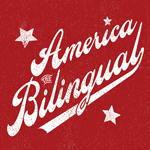
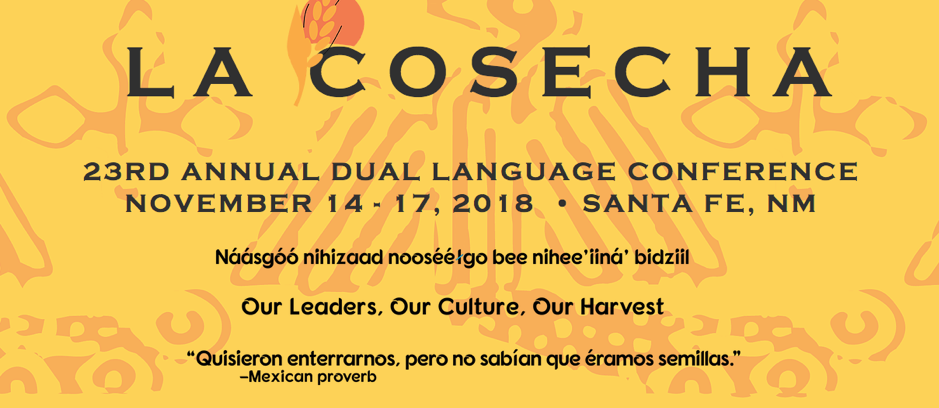
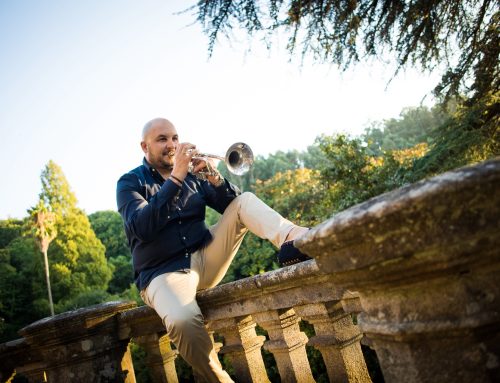
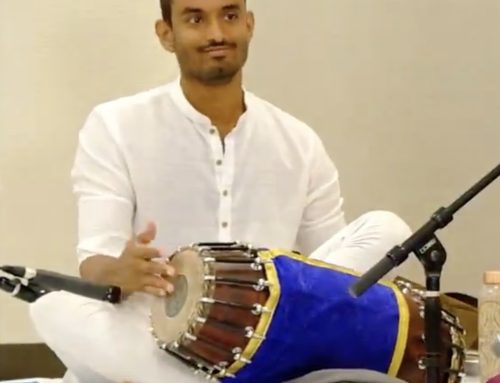

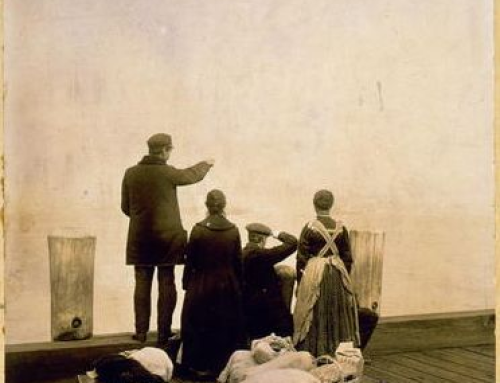
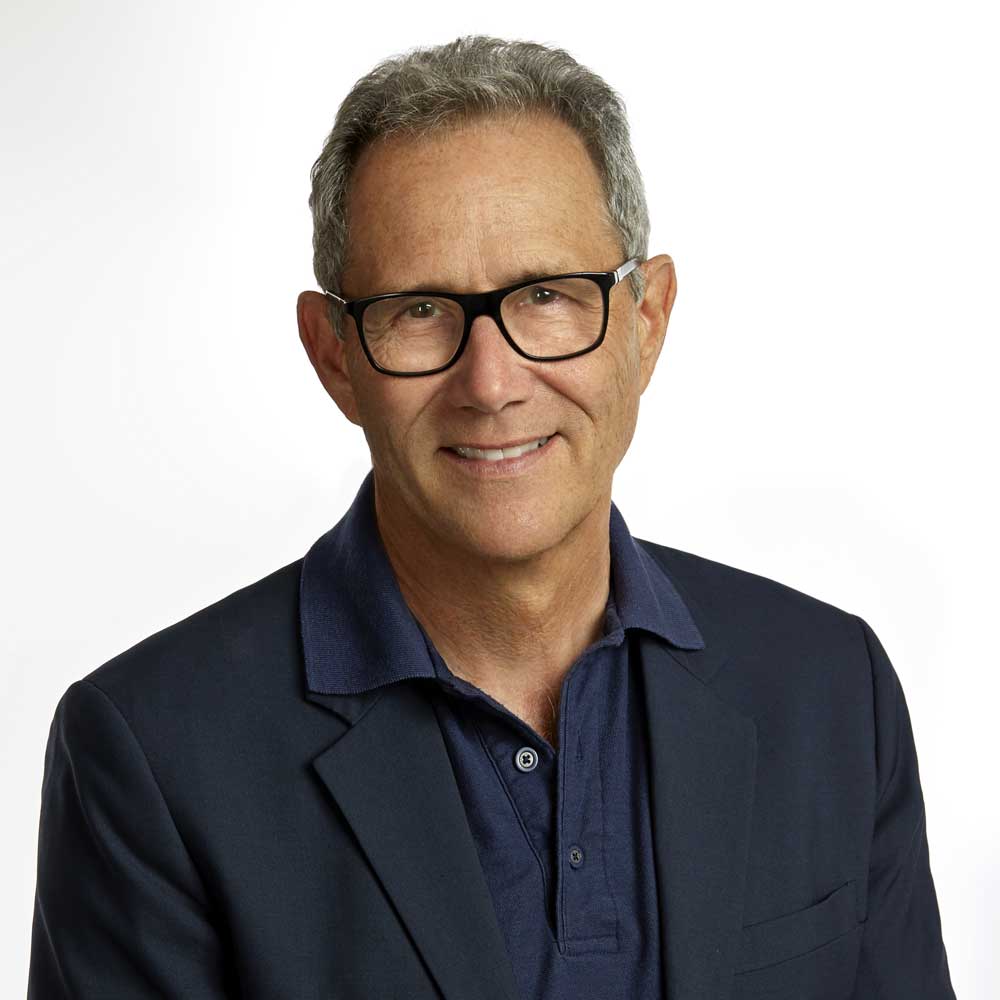 You can book Steve for many different audiences
You can book Steve for many different audiences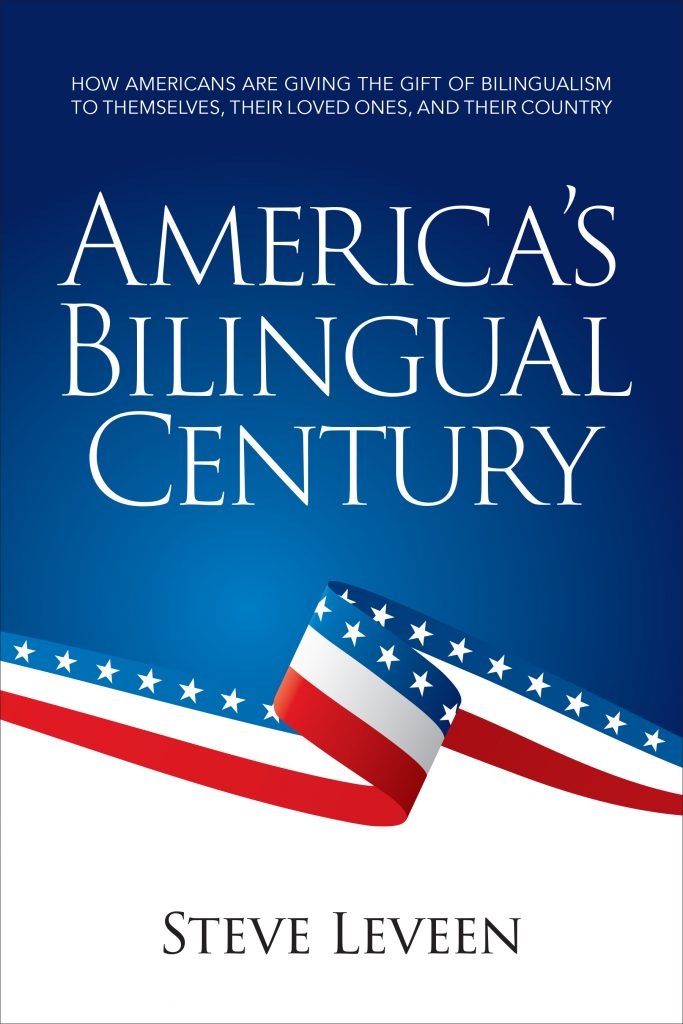
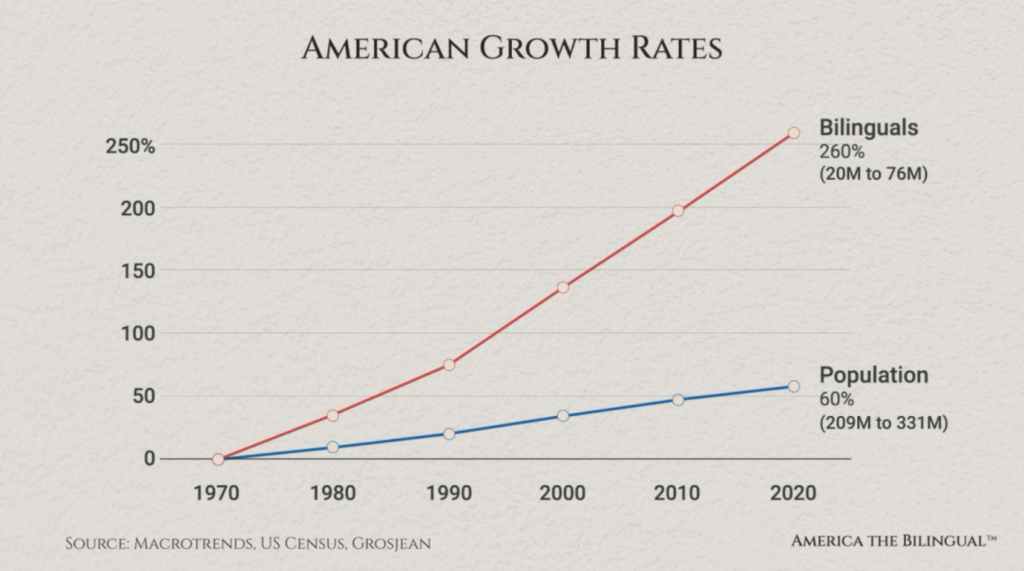
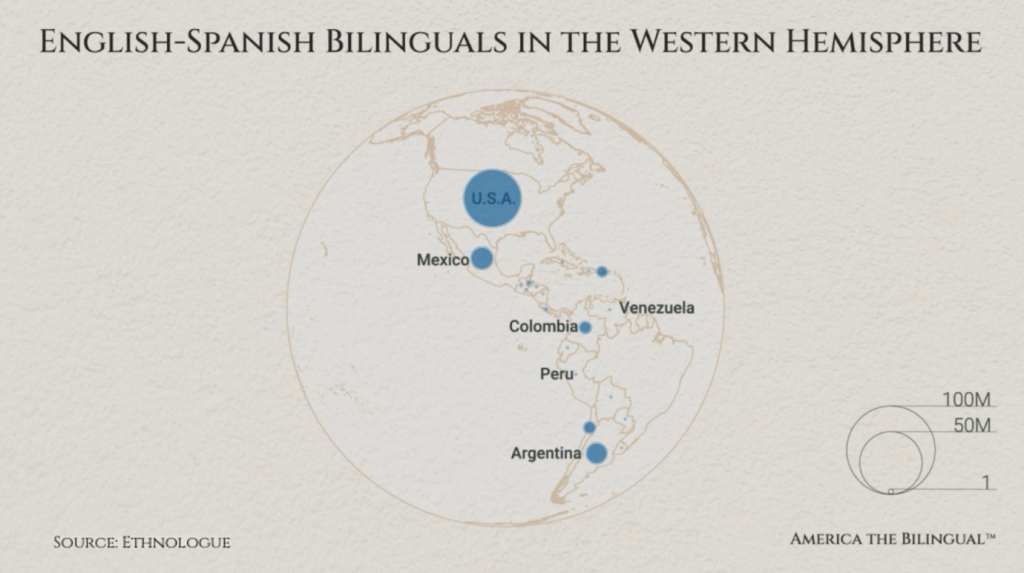
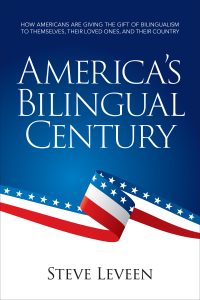

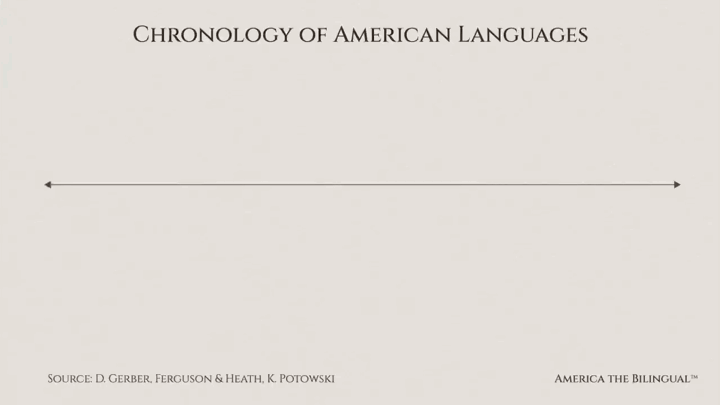


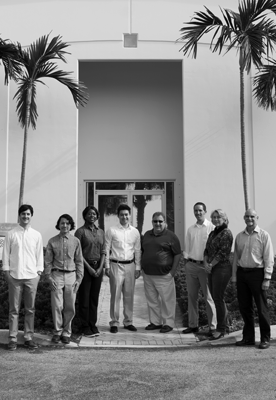
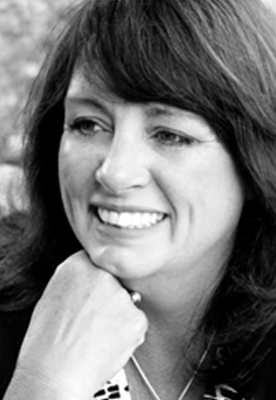 First, know that she has one of those glorious English accents (or what all of us who are not English would call an accent), which makes her a natural for the audio book narration that she does. Although U.S. born, Caroline grew up in England and studied literature at the University of Warwick (fyi for American ears: that second “w” is silent).
First, know that she has one of those glorious English accents (or what all of us who are not English would call an accent), which makes her a natural for the audio book narration that she does. Although U.S. born, Caroline grew up in England and studied literature at the University of Warwick (fyi for American ears: that second “w” is silent).
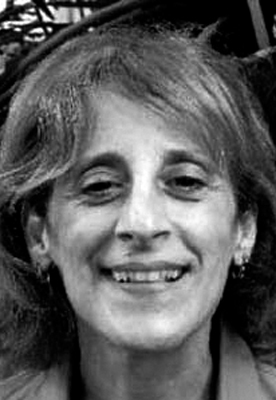
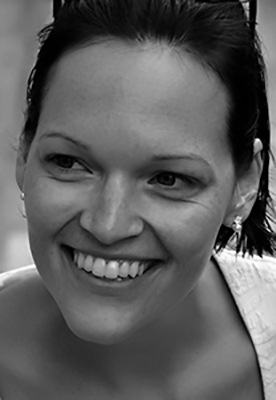

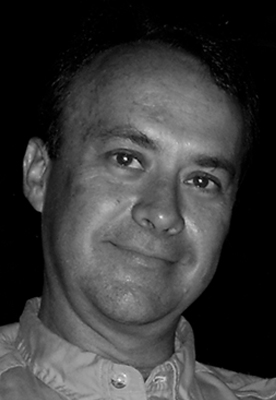
Leave A Comment